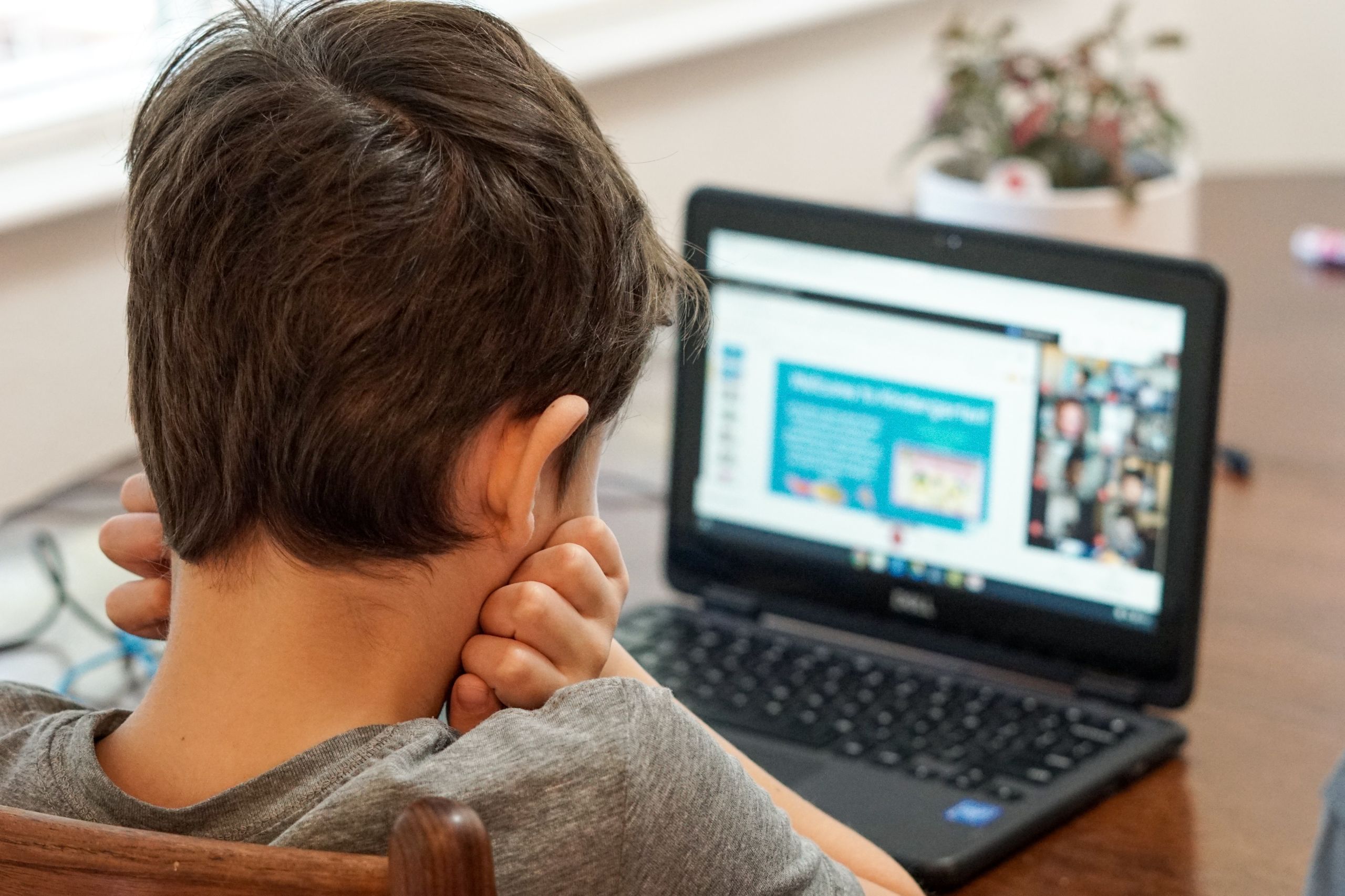Strategies for future lockdown learning risk emphasising platforms over practice

An international review of how technology was used early in the COVID school lockdowns suggests that important strategies to support effective remote learning are being neglected in the rush to embrace digital tools and platforms.
The study, by a team of academics from Britain and the United States, concludes that almost 18 months after the start of a pandemic which affected 94% of the world’s student population, there are still significant gaps both in the models used to support remote learning, and the evidence available to education leaders charged with their development. These need to be addressed, the authors point out, because localised school closures are frequent events; caused not just by health emergencies, but also conflicts and natural disasters.
The team reviewed existing research about Emergency Remote Education (ERE) from 48 countries, creating a snapshot of how technology has been used to keep school learning going both in the pandemic and other crises. They also assessed the general availability of research evidence that could inform future planning.
Broadly, they found that many education systems responded quickly to the basic challenge of delivering online learning during the pandemic, and to practical difficulties such as supplying laptops to pupils.
Other challenges raised by remote learning seem to have received less attention, however. For example, there is evidence of low ‘e-readiness’ among pupils and teachers in some countries; of teachers breaching professional standards to stay in touch with pupils; and of incomplete attention to the use of older technologies – such as SMS or television – where internet connectivity is limited.
"Not all of the issues that need to be taken into account when schools switch to remote learning are receiving equal attention."
The report, in the British Journal of Education Technology, also highlights gaps in the evidence available to education planners when developing ERE strategies. For example, only 21% of the studies uncovered during the review touched on the experiences of teachers and pupils in lower- and middle-income countries – and only one low-income country was represented.
In addition, little evidence appears to have been available prior to the pandemic about how school systems supported remote education during other emergencies, such as the West African Ebola outbreak in 2013-16. Despite conducting a detailed search for studies about ERE written between January 2010 and December 2020, the research team found just three that preceded the COVID outbreak. Had earlier information-gathering occurred, they suggest, schools might have been better-prepared for the lockdowns last year.

Countries included in the studies surveyed by the review, which examined Emergency Remote Education from January 2010 to December 2020
Countries included in the studies surveyed by the review, which examined Emergency Remote Education from January 2010 to December 2020
The review was undertaken by researchers from Old Dominion University and Keuka College (US) and the University of Cambridge (UK). Dr Katy Jordan, a Research Associate at the Faculty of Education, University of Cambridge, said: “Not all of the issues that need to be taken into account when schools switch to remote learning are receiving equal attention. Connectivity and access to hardware tend to be seen as the start and end of the problem, while issues like digital literacy, training, and low-tech solutions can easily be overlooked.”
The review found that schools have made effective use of platforms such as Zoom, Skype and Google Meet to support their teaching. It also indicates, however, that teachers were not always equipped with the requisite training for that online environment, where challenges such as maintaining pupils’ attention, or monitoring their progress, are very different compared with classroom teaching.
Perhaps more surprisingly, the authors documented corresponding evidence of a lack of ‘e-readiness’ among some children. In one study in India, for example, 40% of the pupils surveyed had difficulty performing basic internet searches. “Some children won’t necessarily have had much experience with digital technology, particularly those who are poor or marginalised,” Jordan said. “Giving them a laptop may not be helpful if they don’t know how to use it effectively.”
There is also evidence that some teachers have broken with appropriate practice during the pandemic, and kept in touch with pupils using private mobile phones, email, or social media accounts. The authors stress that the vast majority would have been striving to maintain contact with children who might otherwise have become disengaged from their education. The fact that such approaches were necessary at all nevertheless suggests that many schools lacked systems for maintaining routine communication with families during unexpected closures.
In addition, in countries where internet connectivity is patchy or unreliable, some education policy-makers have employed SMS, television or radio to support children’s learning. The study notes, however, that previous research from the USA indicates that this approach has had mixed success rates. To date, limited attention has been given to developing effective models that involve these low-tech solutions. They could, however, prove critical in the future: especially when maintaining education in conflict-affected areas such as Syria and Palestine.
"Emergency remote education will be an ongoing reality for many young people long after COVID, and we should aim to be in an even stronger position to respond next time around."
The main recommendations of the study are:
- Many ERE strategies may need to be revised so that they address more than simply keeping pupils connected online. Wider-ranging research into what works best, especially in under-represented countries, is also required.
- Partners should be identified who can support ERE delivery. In many countries, local companies and organisations have been particularly effective in assisting schools which lacked resources or infrastructure to support online learning during; these relationships could be systematised.
- Policies should be developed which enable schools and teachers to maintain transparent, accountable lines of communication with families.
- Training should be provided to both teachers and pupils to support the effective use of digital technologies during periods of remote learning.
“When the pandemic hit, education systems were faced with an unprecedented challenge of responding to a very difficult situation at speed,” Jordan said. “Our aim in pointing to what was missed is not to be critical, but simply to highlight that gaps exist. Emergency remote education will be an ongoing reality for many young people long after COVID, and we should aim to be in an even stronger position to respond next time around.”

